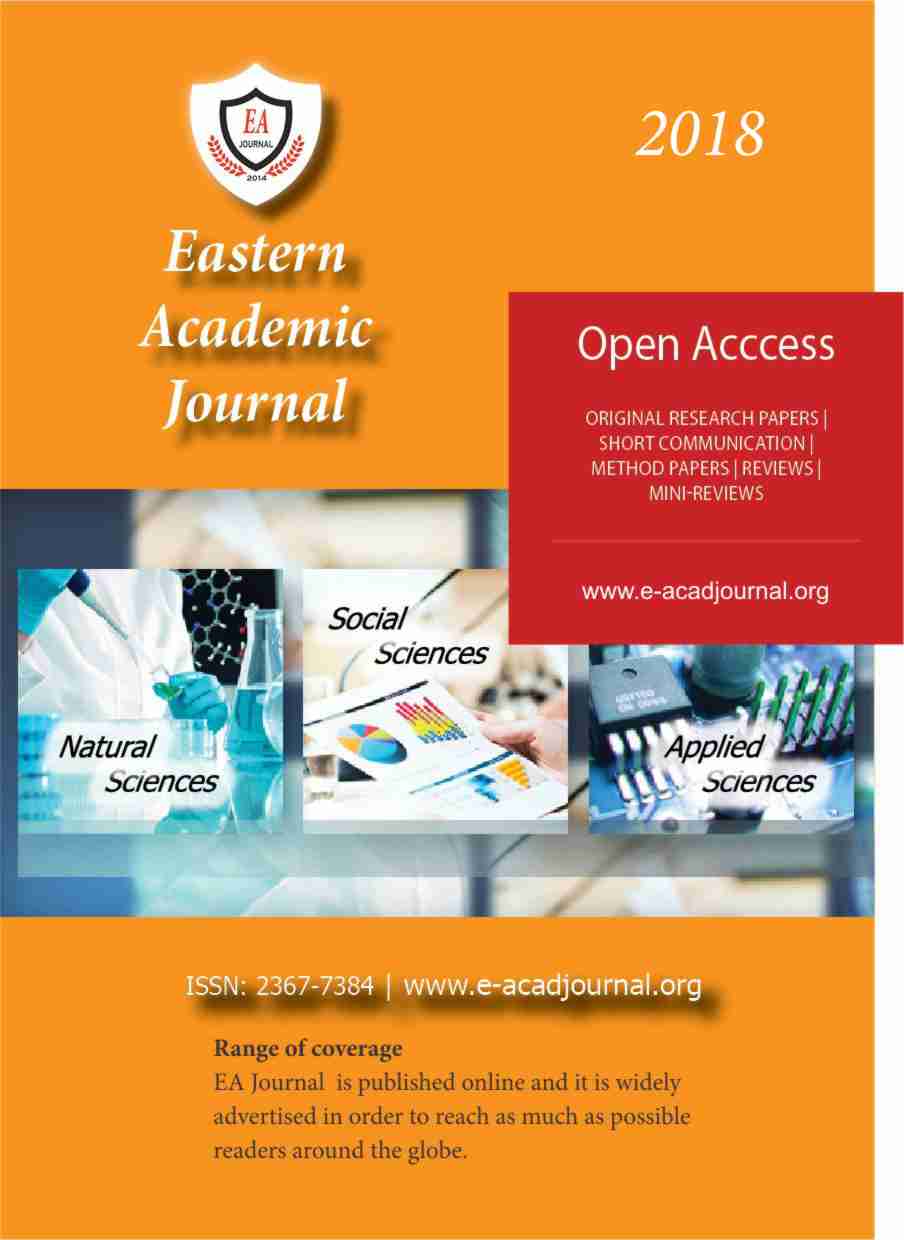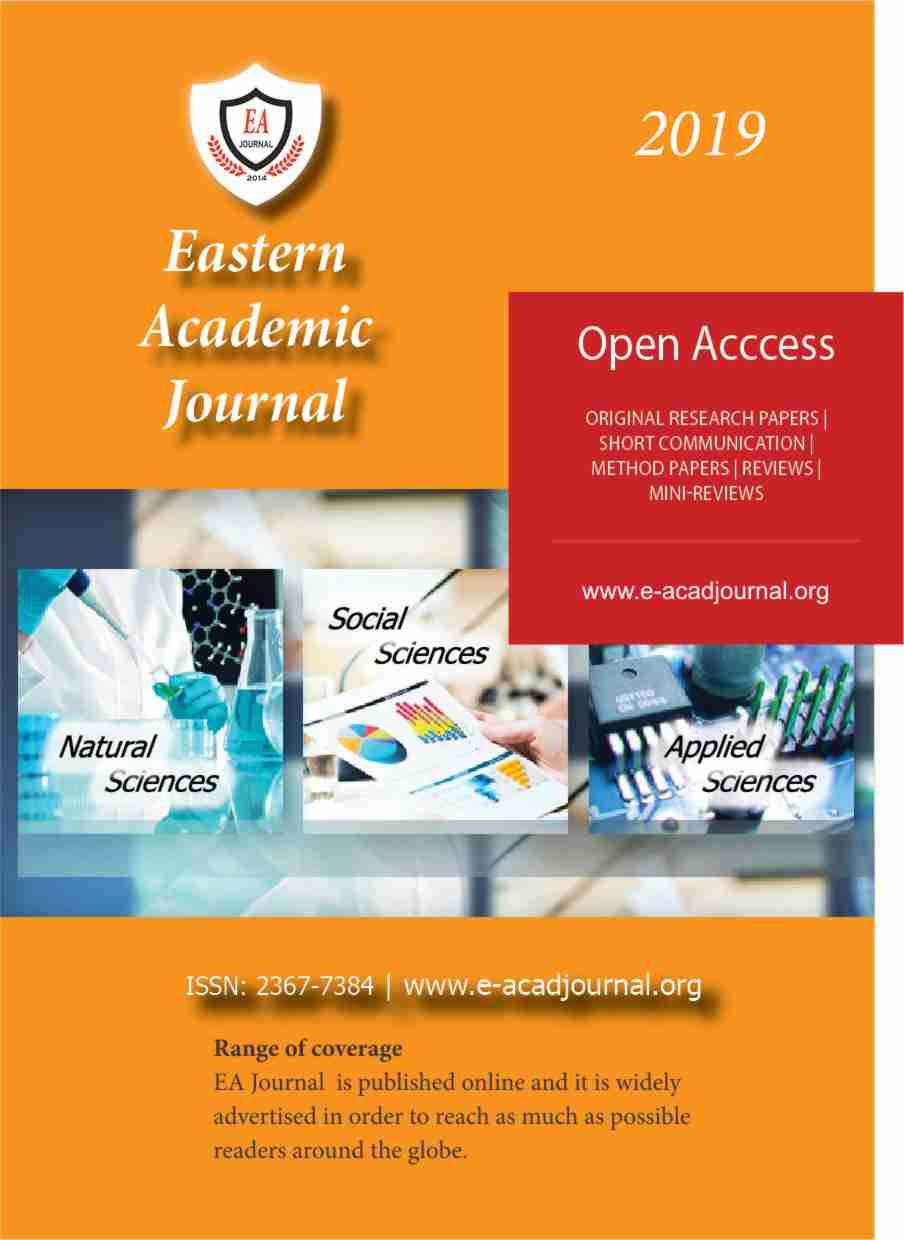
EDUCATION IN THE 21ST CENTURY - PEDAGOGICAL APPROACHES IN DIGITAL ENVIRONMENT.‘E-TEACHER’ INFORMATION SYSTEM
EDUCATION IN THE 21ST CENTURY - PEDAGOGICAL APPROACHES IN DIGITAL ENVIRONMENT.‘E-TEACHER’ INFORMATION SYSTEM
Keywords: information system; 21st century pedagogy; blended learning
Our current 21st century workplace requires workers to master the skills that are essential in a knowledge-based society. The 21st century youths need many sets of special skills in order to succeed in work and life. Educational systems must transform their objectives, curriculum, pedagogies, and assessments to help all students achieve the outcomes required for a prosperous, attractive lifestyle. Therefore, to accomplish this we must transform children’s learning processes and engage student’s interest in gaining 21st century skills and knowledge. Things have changed, old methods and pedagogies are no longer relevant. The urgent questions we should, as educators, ask ourselves are: "What are the driving factors behind this huge transformation in learning?" and "Do we need a new pedagogy to better enhance learning ?" The present article introduces a key subsystem from the integrated management information system of Veliko Tarnovo University, namely the ‘E-teacher’ subsystem.
More...




